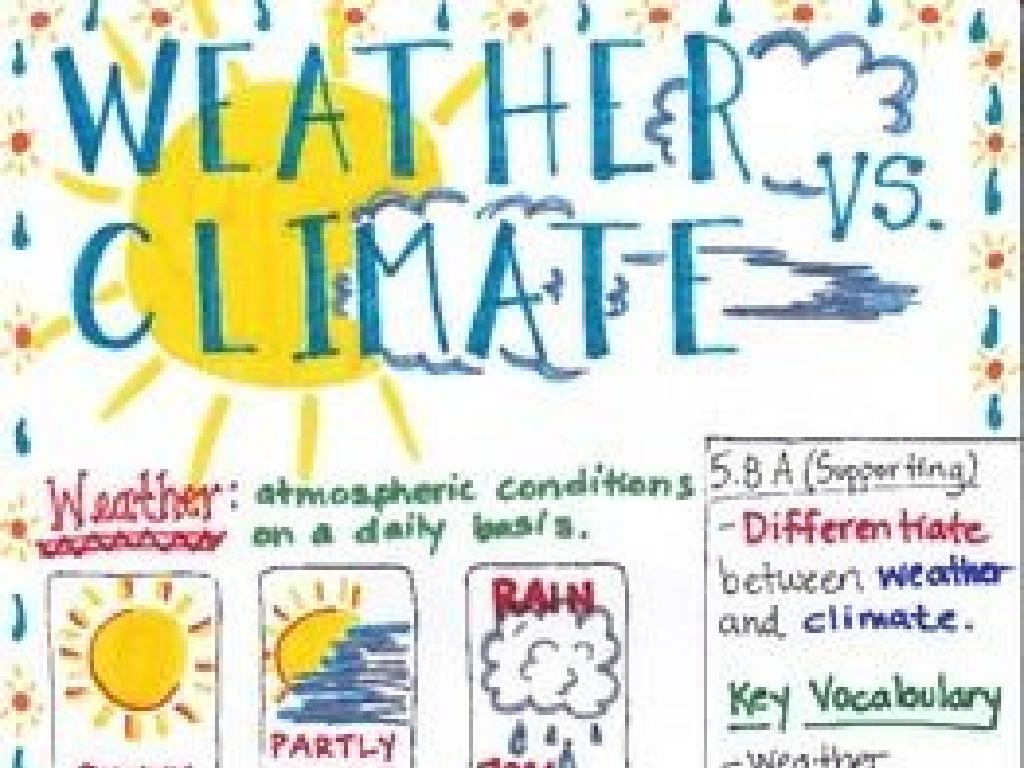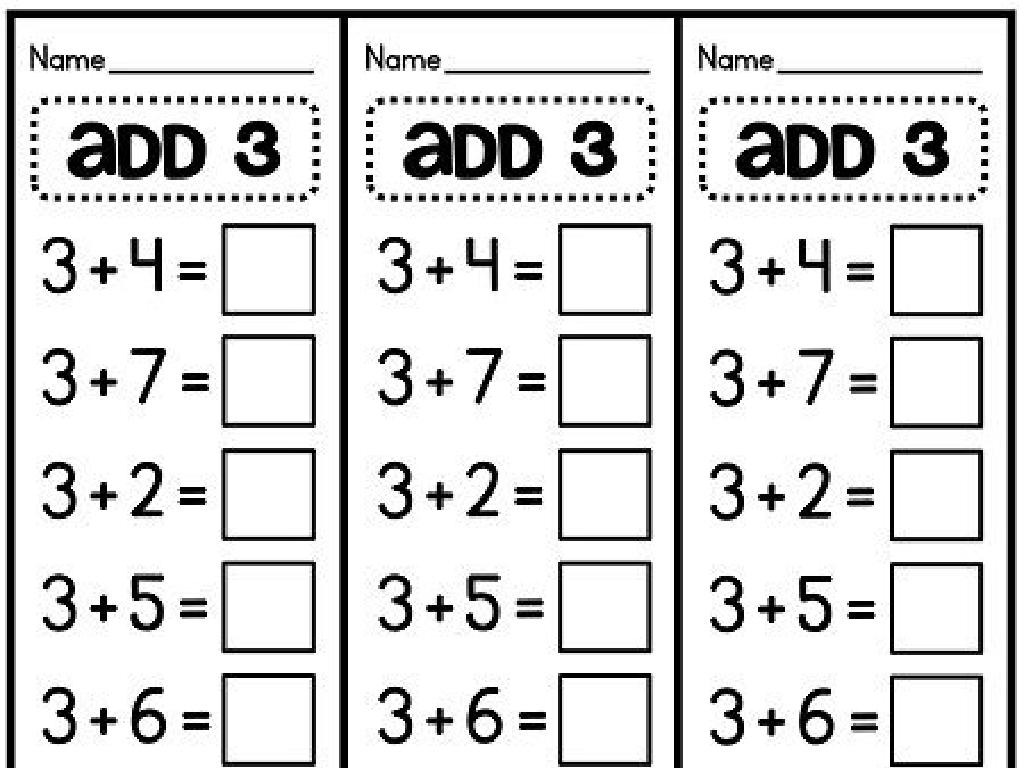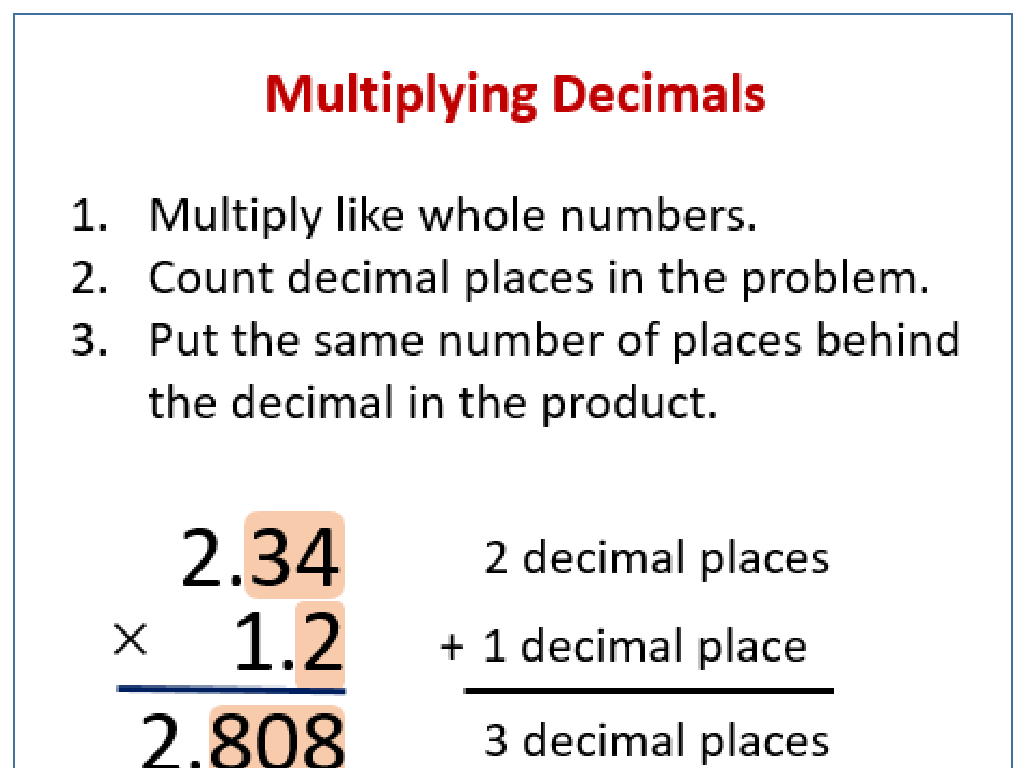Which Two Words Start With The Same Sound?
Subject: Language arts
Grade: First grade
Topic: Beginning And Ending Sounds
Please LOG IN to download the presentation. Access is available to registered users only.
View More Content
Welcome to Beginning Sounds!
– Learn about starting sounds
– Sounds that words make when they start
– Play a game to identify sounds
– Listen for words that sound the same at the start
– Become sound detectives
– Use your ears to find matching sounds in words
|
This slide introduces the concept of beginning sounds in words, which is a fundamental part of phonemic awareness. The objective is to help first graders recognize that some words start with the same sound. Introduce the idea that just like detectives look for clues, we can listen for clues to find words that start with the same sound. The game should involve listening to words and identifying those with the same starting sound. This could be done through a matching game, a sorting activity, or a ‘sound hunt’ around the classroom. Encourage participation and make sure to provide examples and praise as students start recognizing the sounds. This activity will set the foundation for reading by helping students understand that letters and sounds are connected.
Exploring Beginning Sounds
– What are beginning sounds?
– The first sound you hear in a word.
– Each alphabet letter’s unique sound
– A for apple, B for ball – each letter has a sound.
– Words with the same starting sound
– Cat and kite start with the same ‘k’ sound.
– Different letters, same sound
– Phone and fun both start with the ‘f’ sound.
|
This slide introduces the concept of beginning sounds to first graders, emphasizing the importance of listening to the first sound they hear in a word. It’s crucial to illustrate that while each letter has a distinct sound, different letters can produce the same sound at the start of words. Use examples like ‘cat’ and ‘kite’ to show the same ‘k’ sound, and ‘phone’ and ‘fun’ for the ‘f’ sound, despite the different spelling. Encourage students to practice by identifying the beginning sounds of words around them and in their favorite stories. This activity will enhance their phonemic awareness, which is essential for developing reading skills.
Listening to Sounds: Same Starting Sounds
– Practice saying words aloud
– Listen to the first sound in ‘cat’
– The first sound is ‘c’ as in ‘kuh’
– Compare with the first sound in ‘kite’
– ‘Kite’ starts with ‘k’, which sounds like ‘kuh’
– Do ‘cat’ and ‘kite’ sound similar?
– Both words start with the ‘kuh’ sound
|
This slide is designed to help first graders recognize and identify the initial sounds in words. By practicing saying words out loud, students can better hear the sounds that each word starts with. Use the words ‘cat’ and ‘kite’ as examples to illustrate that despite different spellings (‘c’ and ‘k’), the words begin with the same sound. Encourage the students to repeat the words after you and listen for the starting sounds. Ask them to think of other words that might start with the same sound. This activity will enhance their phonemic awareness, which is crucial for their reading and spelling skills development.
Matching Sounds Game
– Look at the pictures I show
– Match pictures with the same start sound
– Pair pictures with identical sounds
– Example: ‘dog’ and ‘duck’
– Both words start with the ‘d’ sound
|
This slide introduces a matching game to help students recognize beginning sounds in words. Display various pictures to the class and guide them to identify the initial sound of each word represented by the pictures. Encourage students to find pairs of pictures that start with the same sound and group them together. Use the example of ‘dog’ and ‘duck’ to illustrate how both words start with the ‘d’ sound. For the activity, prepare a set of picture cards with a variety of objects, animals, and common items that the students can easily recognize. Make sure to include multiple examples for each sound to allow for successful matching. This interactive activity will help reinforce phonemic awareness and is a fundamental step in developing reading skills.
Practice Time: Matching Sounds
– Play with letter blocks
– Pick two and say names aloud
– Do they start with the same sound?
– Listen for the first sound in each word
– Share your findings with the class
– Tell us which blocks you chose and the sounds
|
This slide is for a class activity to help students recognize beginning sounds in words. Provide students with a set of letter blocks. Instruct them to choose any two blocks and pronounce the names of the letters out loud to identify if they start with the same sound. Encourage them to listen carefully to the initial sounds of the words. Afterward, ask them to share their pairs and the sounds they identified with the class. This will help reinforce their phonemic awareness. For the teacher: Prepare a variety of letter blocks and ensure each student has a chance to participate. Consider grouping students and having them work in pairs to foster peer learning.
Finding Pairs with the Same Starting Sound
– Listen to the teacher’s word
– Think of a word with the same start
– ‘Mouse’ – find a matching sound
– Maybe ‘moon’ or ‘monkey’?
– Share your word with the class
|
This slide is for a class activity focused on identifying words that start with the same sound. The teacher will say a word aloud, and the students will think of and find another word that starts with the same sound. For example, when the teacher says ‘mouse’, students could say ‘moon’ or ‘monkey’. This activity helps students recognize and practice phonemic awareness, which is crucial for developing reading skills. For the activity, the teacher should encourage students to listen carefully and think creatively. It’s important to create a supportive atmosphere where students feel comfortable sharing their answers. The teacher can prepare a list of words to use for this activity and have prompts ready in case students need help.
Class Activity: Sound Bingo
– Let’s play Sound Bingo together!
– Each student receives a bingo card
– Cards have pictures, no words
– Listen and match sounds to pictures
– If your card has a cat and you hear ‘cat’, put a marker on it
– Shout ‘Bingo!’ for a full row
|
This interactive activity is designed to help first graders recognize beginning sounds in words. Distribute bingo cards with pictures to each student. Play the game by saying words out loud and have students place markers on the corresponding pictures that start with the same sound as the word you say. For example, if you say ‘dog’, students will look for a picture of something that starts with the ‘d’ sound. The goal is to get a full row marked. Prepare a list of words that correspond to the pictures on the bingo cards. Have variations of the game ready, such as four corners or an ‘X’ pattern, to keep the activity engaging. This will help students with sound recognition and is also a fun way to reinforce their listening skills.
Sound Detectives: Conclusion
– Celebrate being sound detectives
– Mastery in listening to beginning sounds
– Encouragement to continue practicing
– Practice makes perfect! Try with different words.
– Aim to become sound experts
– Keep listening, and you’ll recognize sounds quickly!
|
This slide is meant to congratulate the students on their hard work during the lesson on beginning sounds. It’s important to acknowledge their progress and encourage them to keep practicing. Remind them that becoming an expert in identifying sounds takes time and practice. Suggest fun activities like playing sound matching games or reading books with rhymes to continue their practice at home. Celebrate their achievements so far and motivate them to become even better ‘sound detectives’ as they learn more about phonics.






